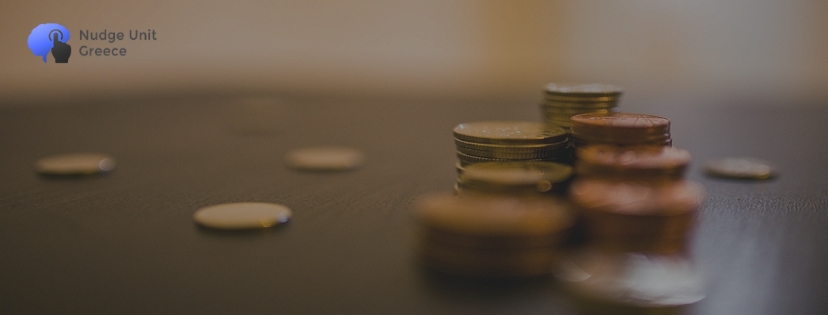
Pricing at 9
We’ve all seen a product with a ,99 pricing (for example, a jar of jam at 2,99 euros). These prices are usually overstressed on catalogues, posters, television and websites, with big, vivid numbers. But why does that happen? It’s time to see the first part of the theory behind this broadly used strategy. One of the most famous hypotheses is that these price endings imply low, reduced or discount prices.
Prospect theory on ,99 pricing
According to prospect theory (Kahneman & Tsverky, 1979), the frequent exposure of consumers to products with round endings can make a price ending in ,99 seem as a round number, along with a small gain (as cited in Schindler & Kirby, 1997). For example, a consumer, having seen a lot of tuna cans valued at 4,00 euros, will probably consider a tuna can valued at 3,99 more attractive, because he/she essentially “gains” one cent. This is called “perceived-gain effect” (Schindler & Kirby, 1997).
Coding strategies on ,99 pricing.
There are two strategies for processing ,99 prices, rounding and truncation. Rounding is executed by paying attention to each digit of the price, and if the number is not round yet, people tend to round it (Schindler & Kirby, 1997).
Truncation refers to the cut of digits from left to right and uses the most accessible digit that results from the specific process (Schindler & Kirby, 1997). For example, the price 799 can be perceived as 790 (with the first two digits processed) or 700 (with the first digit processed).
Schindler & Wiman (1989), in an experiment of price recall, found that consumers usually process the first digit of a price, because it demands less cognitive resources ( as cited in Schindler & Kirby, 1997)
Even though it is supported that prices ending in 9 can imply that the products is on sale, Alpert (1971) and Lewison & DeLozier (1986) support that digits like 3 or 7 are more associated with discounts (as cited in Schindler, 1991).
Conclusion on pricing
The ,99 pricing is one of the most classic price tricks in the market. Which theory do you think that suits more this kind of pricing? Share your opinion!
Christos Panousis
Researcher and writer for nudge Unit Greece
~Explaining Behavioral Economics Simply~
